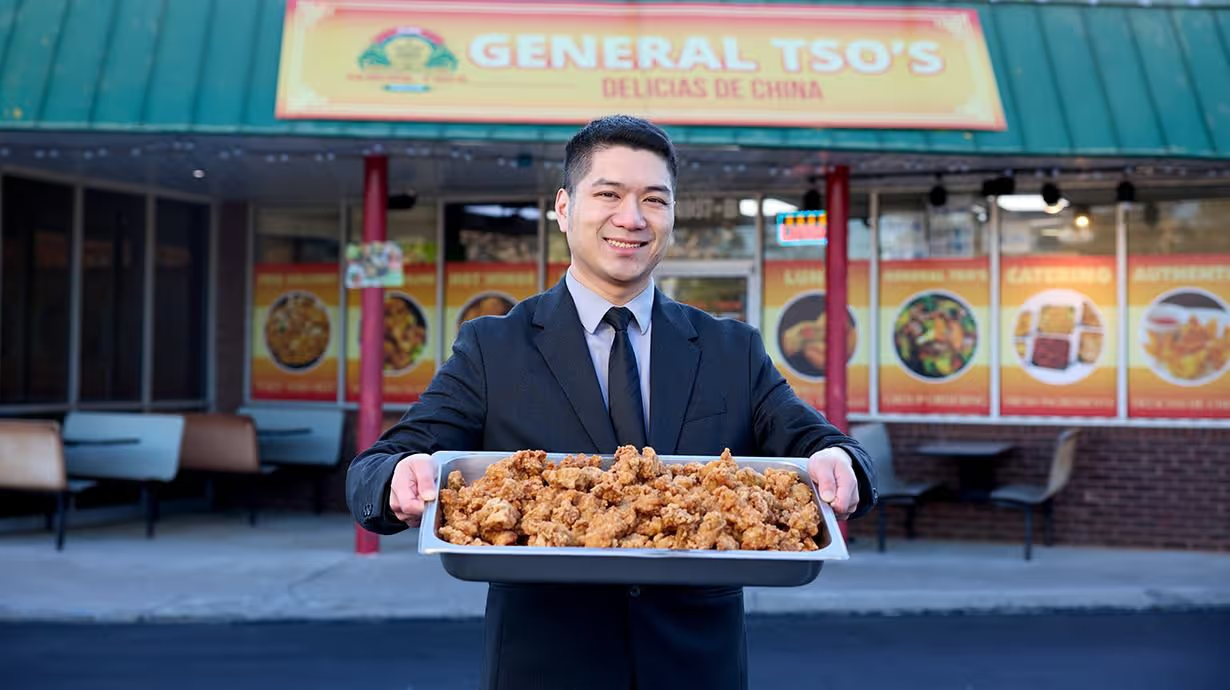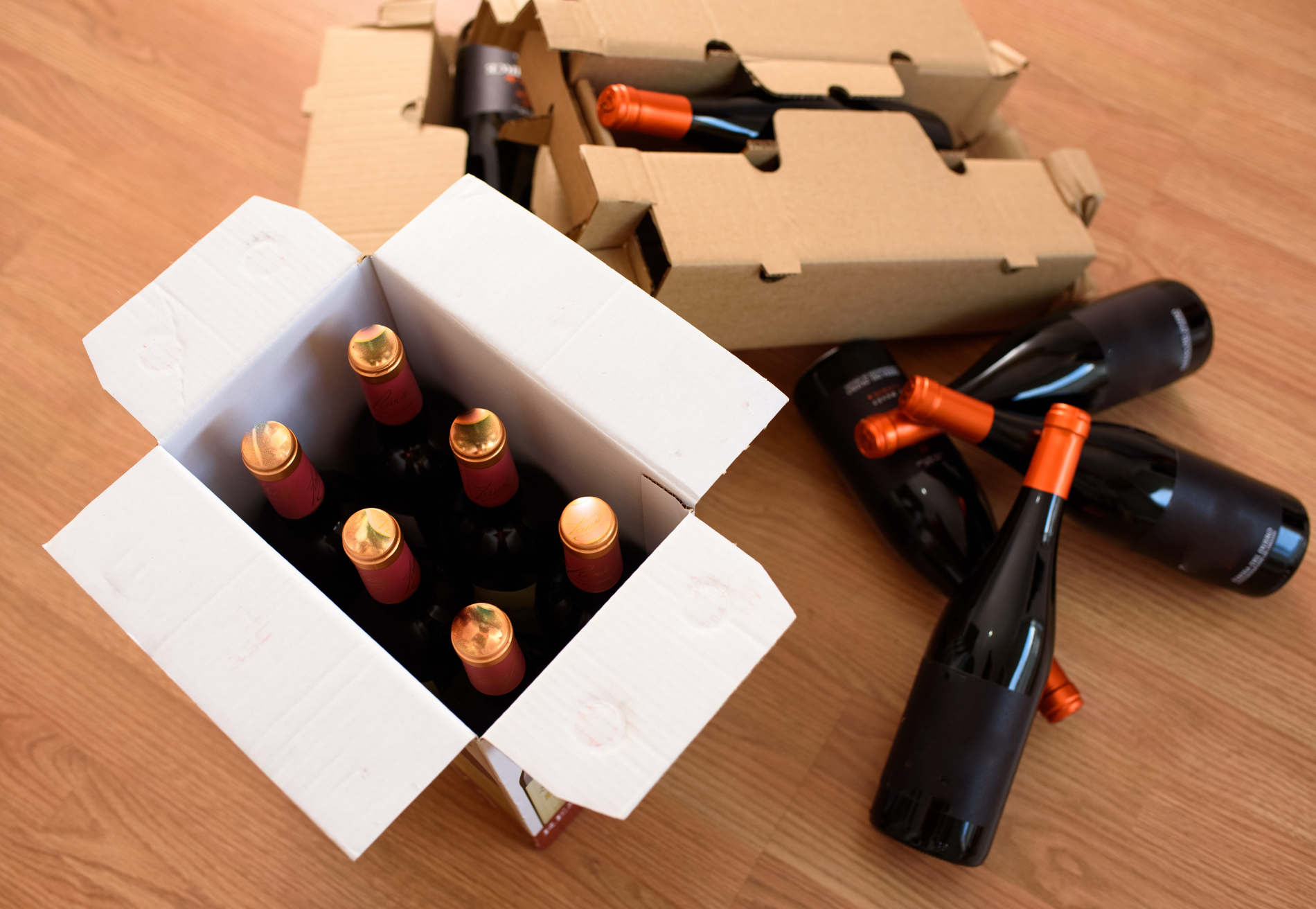How to Control Labor Costs in a Restaurant

How to Control Labor Costs in a Restaurant
Are escalating labor costs crippling the profits of your restaurant business?
As a restaurant owner or manager, controlling labor costs while maintaining employee satisfaction and customer experience is a delicate balancing act.
In this article, we will explore effective strategies and best practices for controlling restaurant labor costs. We’ll show you what you need to know beforehand to make these adjustments, and we’ll show you how Shipday can help restaurants control labor costs by helping them optimize their delivery operations.
Let’s begin!
Before reducing labor costs, know your numbers
First, if you want to make sure your labor cost decisions are profitable for your business, it's essential to know certain benchmarks that will help you understand if your costs are high or not for your industry. In order to make those comparisons, you also need to understand what your labor costs are currently and how that compares to your incoming profit.
Here is how to do that:
1. Analyze industry averages
Research labor cost averages for the restaurant industry, so you set realistic targets and can see how your business compares with your industry peers. Even if you’re low for your industry, it doesn’t necessarily mean you shouldn’t try to lower your labor costs, but knowing these averages gives you an idea whether focusing heavily on labor costs might be less profitable than focusing on other aspects of the business.
2. Understand current spending patterns
It's also essential to understand your current spending patterns before adjusting labor costs. Analyze your restaurant's financials. Look at labor percentage, operating costs, and prime costs. Identify areas where you can reduce expenses without sacrificing service quality.
3. Understand your prime cost
Prime cost, the sum of labor costs and cost of goods sold (COGS), is a critical indicator of your restaurant's financial health. Aim to keep the prime cost at 60% or less of total sales. Calculating this figure lets you make informed menu pricing and cost control decisions.
4. Calculate labor cost percentage in your restaurant
The most vital thing in labor cost control is calculating the average labor cost percentages. This percentage helps you understand the amount of revenue allocated to labor-related expenses.
To do this, divide total labor costs by total sales, then multiply by 100%. For example, if your restaurant's total labor costs are $50,000 and total sales amount to $200,000, then the labor percentage would be 25% (50,000 ÷ 200,000 x 100%).
Knowing this percentage will help you understand if your labor costs are extreme or not. On average, labor costs range between 25% and 35% of your restaurant's gross sales. If your labor costs are anything above that number, you need to figure out ways to keep those costs down.
Luckily, in the next sections, we’ve got you covered.
How to control labor costs in a restaurant
There are many ways to control labor costs in a restaurant, from optimizing staff schedules to investing in employee training. Whatever you do, you want to control the things that make the most sense from a profitability standpoint.
Here are some ways restaurants control their labor costs:
1. Track the daily cost of labor
To manage labor costs effectively, it's important to track them daily. Using a restaurant point-of-sale (POS) system, calculate labor costs. Set a daily target based on factors like sales projections, hours of operation, and special events.
Make immediate adjustments to avoid unnecessary expenses by monitoring labor costs daily. You will strike a balance between adequate staffing levels and labor expenses.
2. Group staff for better insights
Categorizing restaurant employees into groups can also provide valuable insights into labor costs. Create natural groups based on roles. Differentiate between hourly and salaried employees.
Analyze the costs associated with each group to identify areas for potential cost reductions. If bartenders are more expensive than servers, replace a bartender with two servers. Such experiments can help know the areas to optimize.
3. Optimize staff schedules
Finding the right balance in staffing levels is key to controlling labor costs. Overstaffed shifts can lead to disengagement among employees. Understaffed shifts may overwhelm employees and compromise service.
Use employee scheduling software to create efficient staff schedules. Analyze historical sales data to optimize staff allocation. Ensure adequate coverage during busy times while avoiding unnecessary labor expenses.
4. Emphasize employee efficiency and performance
Encouraging workers' efficiency and performance can impact labor costs. Reward those who deliver exceptional service and optimal labor hours. Install an incentive program tied to employee performance. Incentive programs will lead to better work, hence optimization of labor costs.
5. Invest in employee training
Well-trained employees are more efficient. Provide comprehensive team member training that focuses on delivering exceptional service. You will enjoy optimal work and optimize work processes.
6. Stay compliant with labor laws
Stay informed about labor laws and regulations. Comply with minimum wage increases and other industry standards. Failure to comply with labor laws can lead to penalties and legal consequences, which increase costs of labor.
How to reduce labor costs in a restaurant
Reducing labor costs in a restaurant is essential for maintaining profitability and success. To achieve this, a comprehensive approach is required, taking into account various aspects of restaurant operations.
Here are some effective strategies to reduce labor costs in your restaurant:
1. Schedule efficiently
Optimize employee schedules based on historical data, customer demand, and business trends. This helps avoid overstaffing and understaffing while maximizing employee productivity.
2. Encourage employee productivity
Create a culture of efficiency and provide clear performance expectations to enhance employee productivity during working hours.
3. Cross-train employees
Cross-training enhances productivity and reduces the need for extra employees. Encourage staff members to learn multiple roles. For example, prep cooks can help with menu items, and managers can serve diners. This flexibility improves overall efficiency and reduces labor costs.
4. Embrace Part-time employees
Hiring part-time employees can be cost-effective, especially during periods of lower customer demand. Strategically employ part-time staff. This allows you to adjust your workforce to match the varying levels of business activity. For instance, on slow nights, you will have fewer workers.
5. Focus on employee retention
High worker turnover rates can lead to increased recruitment and training costs. Reduce employee turnover by focusing on employee satisfaction. Invest in employee training and offer competitive hourly wages that meet or exceed the minimum wage. Regular staff meetings and open communication can also increase staff satisfaction and loyalty.
6. Invest in staff quality
Invest in getting high-quality, well-trained staff. While this could be costly in the short run, there are more long-term benefits. Employees who feel valued will likely remain loyal. This reduces turnover costs and maintains a high level of customer service. Well-trained staff can also upsell menu items. Consequently, you will enjoy increased revenue and improved profitability.
How can optimizing delivery with Shipday help control labor costs?
The demand for delivery services is growing. Optimizing delivery operations is crucial for restaurants to meet customer expectations while controlling labor costs.
Shipday offers an innovative delivery management solution that enhances efficiency, reduces delivery times, and streamlines route planning, leading to cost savings and increased profitability. By integrating Shipday with your restaurant operations, you can ensure timely deliveries, reduce mileage costs, and enhance overall delivery performance.
Conclusion
In the dynamic restaurant industry, controlling labor costs is vital for success. Labor cost control requires a strategic approach. Staff retention and operating hours are key to proper labor cost control. Analyze labor budgets, and focus on employee efficiency to achieve the desired cost levels.
Modern restaurants must strike a balance between profitability and worker satisfaction. Investing in quality staff and understanding prime costs can help get a good balance. Ideal labor costs will undoubtedly contribute to your restaurant's profitability and success.
Check out Shipday to learn how you can reduce delivery costs and increase customer satisfaction.
Index
Ready to get started?
Play around with it first, add your team, pay later.








.avif)






%201.svg)
